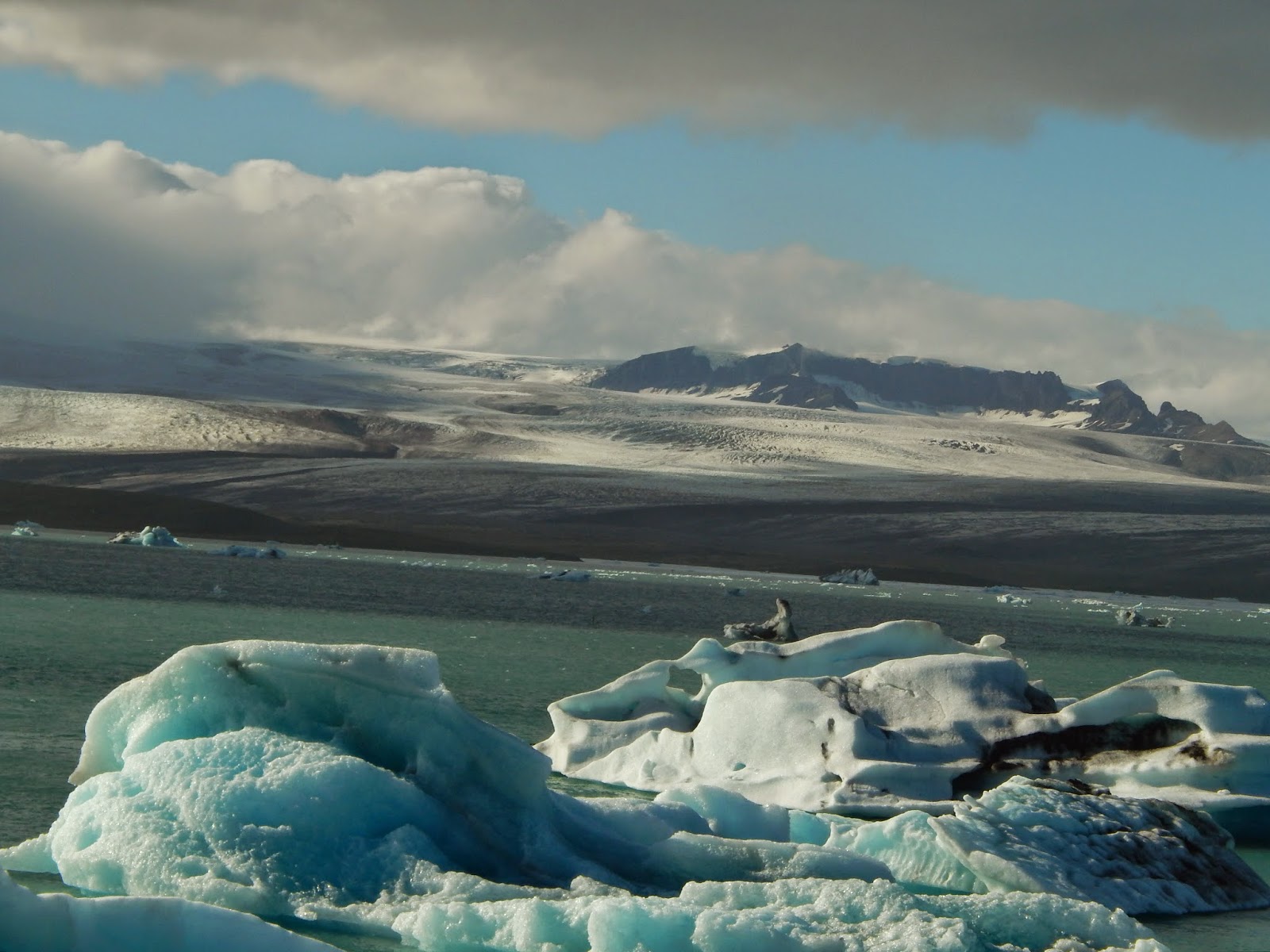To clarify before we count down, we are talking Georgia of Eastern Europe/west of Russia--not south of the Mason-Dixon Line.
1. Why is Georgia called Georgia? There are three theories.
--St. George is the patron saint in these parts.
--Some accounts I see online says it comes from the Perisan word gurj ...meaning wolf.
--I tend to believe my lovely guide, Tamara Natenadze, who says it comes from the Greek georgios, meaning land of agricultural or cultivation. She says Greeks came to the area in the first century before Christ and were surprised to find such an advanced culture....
 2. ....which included wine production. Georgia has an uninterrupted 8,000-year history of grape cultivation, making it the oldest wine-producing region in the world. About 535 varieties of grapes are grown here.
2. ....which included wine production. Georgia has an uninterrupted 8,000-year history of grape cultivation, making it the oldest wine-producing region in the world. About 535 varieties of grapes are grown here.3. Georgians, by the by, called themselves 'Kartvelebi'...derived from the pagan god Kartlos, said to be the father of all Georgians.
4. King of Queens: King Tamar was a woman who ruled Georgia during its medieval Golden Age.
5. More Girl Power, Georgia-Style: St. Nino brought Christianity to the region in 330 AD after wandering here from Cappadoccia.
 6. The town where Joseph Stalin was born, and where a self-aggrandizing museum to the tyrannical dictator is located (opening date--1957), is called...appropriately... Gori.
6. The town where Joseph Stalin was born, and where a self-aggrandizing museum to the tyrannical dictator is located (opening date--1957), is called...appropriately... Gori.7. Ushguli, a UNESCO World Heritage Site, is the highest village in Europe, located 7,218 feet above sea level.
 8. Georgian Cultures: They eat lots of yogurt here, called matsoni. In places, it is made with the milk of water buffalo.
8. Georgian Cultures: They eat lots of yogurt here, called matsoni. In places, it is made with the milk of water buffalo.9. Dannon's 1977 ad featuring Georgian centenarians was the first US commercial shot in the former Soviet Union. It put both Georgia and yogurt on the map....although I highly doubt locals opt for the commercial brand.





















